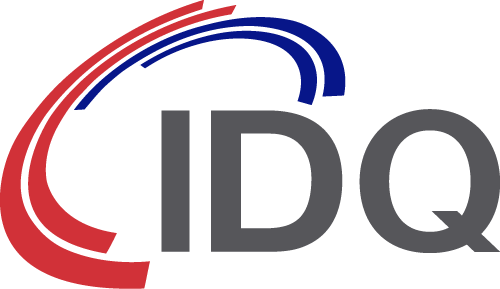McKinsey review of Quantum Technology

Every quarter, management consulting firm McKinsey and Company publish an update to their Quantum Technology Monitor. The publication conveniently gathers reliable and detailed information on the three main areas of quantum technology: quantum computing, sensing and communications.
The monitor differs from our own quarterly quantum review, as the McKinsey & Co publication focuses almost exclusively on investment news and market insights. The report is organized as following:
- The investor landscape
- Quantum computing
- Quantum communications
- Quantum sensing
- Industry adoption of quantum computing
- Global technology progress
In the June 2022 edition, McKinsey & Co look back over some of the major funding announcements and merger activity from the second half of 2021, including key announcements from IonQ, Quantinuum, Rigetti, Origin Quantum and AWS. Funding levels for start-ups exceeded $1.2billion – almost matching the $1.9billion in investment announced by state governments around the world.
Given the rapid rate of new investment, and the increasingly competitive nature of the quantum technology landscape, it’s difficult to quantify the market potential. McKinsey & Co itself puts a broad bracket of the estimated market by 2040:
- Quantum computing: between $9billion and $90billion
- Quantum communications: between $1billion and $6billion
- Quantum sensing: between $1billion and $7billion
Either way, the market potential is attractive to venture capitalists and private equity groups, who currently account for over 70% of the total investment in quantum technologies.
The quantum ecosystem is growing
Over the past six years (2015 to 2021) the quantum communications ecosystem has shown significant growth, with the number of start-ups more than tripling, from 28 to 89. A relatively small number of quantum network operators (12) are supported by a growing number of hardware manufacturers and application software developers.
Within the quantum sensing marketplace, number remain relatively low when compared to computing and communications. However, the number of organisations focused on quantum sensing has almost doubled in five years.
Both sub-sets of the quantum technologies marketplace have seen increases in funding in recent years. As the markets mature, technologies are moving beyond prototypes to fully commercialised solutions, further adding to the influence of quantum.
The impact of quantum computing
According to industry reports the arrival of quantum computers is set to have a significant short-medium term impact on the chemical and pharmaceutical industries, with exponential increases in the power of simulation negating the need for physical laboratory testing. In the medium-longer term (10-15 years out), a significant impact is predicted across the automotive, electronics, telecommunications, financial services and energy markets. In terms of value, the report predicts the greatest impact will be felt in the life sciences and financial services markets.
In its review of global technological progress, the publication points to aggressive growth in the Chinese market, with a substantial increase in patent activity driven by government initiatives.
A quantum skills gap
According to the report, the availability of quantum technology related job vacancies far exceeded the qualified talent pool. If it were to be assumed that a master’s level graduate in a related technology constituted a qualified candidate, less than a third of the market demand could be met at the end of 2021.
With so much investment in start-ups and hardware manufacturers, private and public investors would do well not to ignore the potential skills gap and invest in training the next generation of quantum technicians. There is still the potential for the quantum market growth to stall if the ambition of investors is not matched by the availability of qualified and motivated employees.

Conclusion
A rapidly expanding ecosystem demonstrates a long-term commitment to quantum technologies. As the market matures it is expected to continue on a steep growth curve, as organisations large and small recognise the benefits of the technology and the financial advantages of being early to market.



